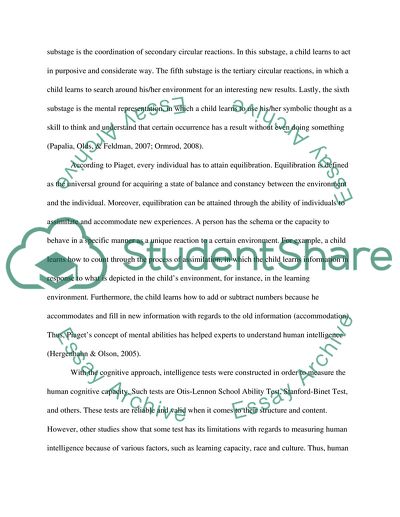Piagets four stages Essay Example | Topics and Well Written Essays - 500 words. Retrieved from https://studentshare.org/psychology/1600129-piagets-four-stages
Piagets Four Stages Essay Example | Topics and Well Written Essays - 500 Words. https://studentshare.org/psychology/1600129-piagets-four-stages.


